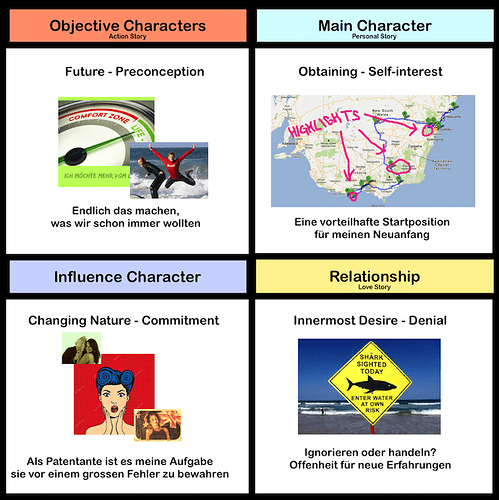I think I agree with everyone’s response to this. The theory and program can help keep this connected for you. I’d argue that this information only need be kept in the back of the mind, and not consciously forward when writing or outlining. Personally, I’ve found it easiest to focus on a specific throughline or a specific quad as I work, as @Gregolas has said.
The same argument has been made for programming a new, larger system. Whenever a system is too large at work, we’ll break it down into smaller, more manageable chunks. After those chunks are built, we figure out how to put everything together.
Side Note: The question perceives trying to keep things in mind as a consequence. Anyone else notice that the overall response has been to focus on a specific moment while writing. (The Conscious <–> The Present ???)


